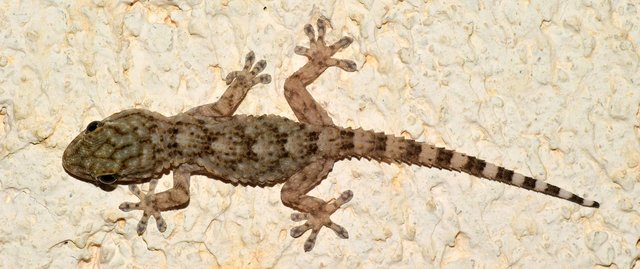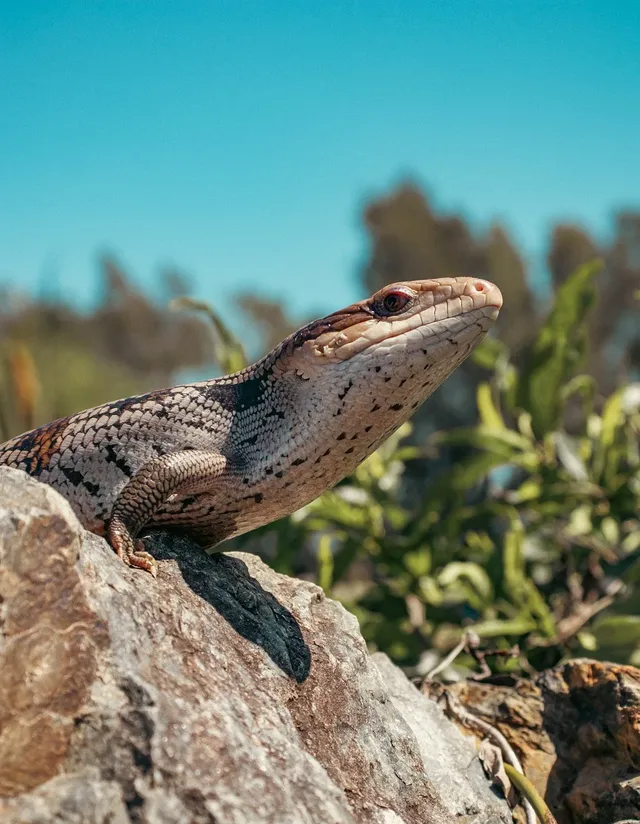Recognizing the types of geckos
Maybe we are quite familiar with this reptile that always crawls on the wall like a gecko. Small animals that are familiar with human daily life, are often considered pests. However, behind this stigma, geckos have many unique features and benefits that need to be appreciated. Geckos have extraordinary advantages in climbing walls, catching insects, and regenerating, making them interesting creatures to explore. However, geckos are included in the category of animals that are bad. Now I will introduce several types of geckos that we often find both at home and in other places:
Wood gecko
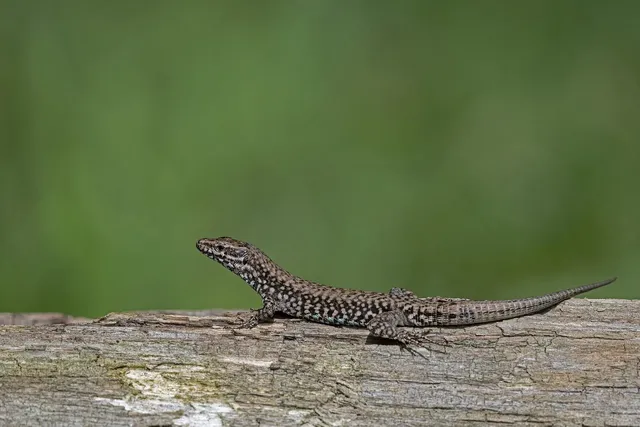
With the Latin name hemidactylus frenatus, the most common species of gecko we find, is known as the house gecko or house gecko. They originate from Southeast Asia and the Indian Archipelago, but have spread widely through trade both domestically and abroad and currently these geckos are easily found in tropical and subtropical areas throughout the region, including on several continents. The body color of this gecko varies greatly depending on the environment, it can be grayish brown, cream, or reddish. This species of gecko has small dark spots on its body.
In other words, hemidactylus platyurus is a type of large gecko originating from Southeast Asia, including Indonesia. This type is famous for its ability to climb walls nimbly. The body color of this type of gecko varies, but is generally grayish brown or brownish green, with a pattern of black spots. Having large eyes with vertical pupils, this type of gecko roams around at night, its large eyeballs help it see well at night.
Hemidactylus fasciatus
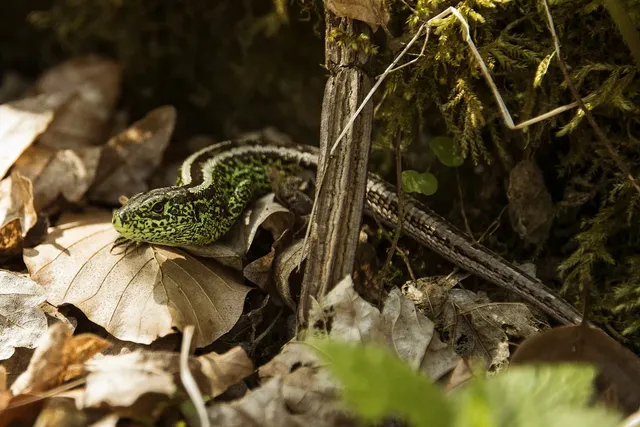
Hemidactylus fasciatus, also known as the Branded Latitude Gecko "Banded Leaf-Footed Gecko". is a species of gecko from the Gekkonidae family. They are endemic to West Africa, found in the area west of the Dahomey Gap, from Southern Guinea to Togo. As is typical of the genus Hemidactylus, their toes have strong adhesive pads, allowing them to adhere to and move swiftly on vertical surfaces such as walls and trees. The upper body (dorsal) is grayish brown to yellowish brown, with characteristic thick, contrasting dark transverse stripes.
Hemidactylus turcicus
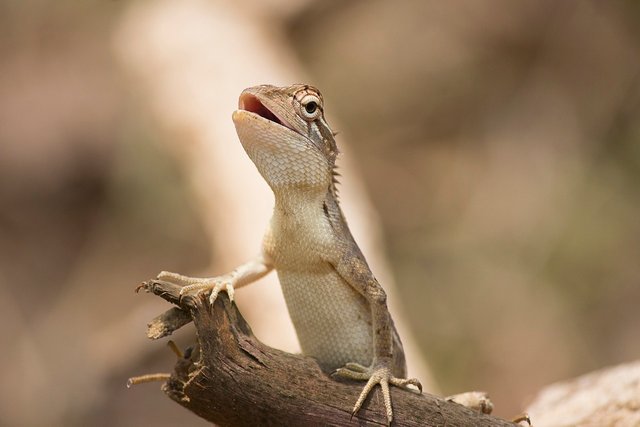
Hemidactylus turcicus, or the Mediterranean House Gecko, is a species of gecko that is widespread in the Mediterranean, North Africa, and West Asia. They are known for their extraordinary ability to climb walls and their distinctive sound. This species is classified as a small gecko, with a body length that usually reaches around 8-10 cm. The upper body (dorsal) is gray with brown or black spots. The belly of this species is creamy white.
Hemidactylus mabouia
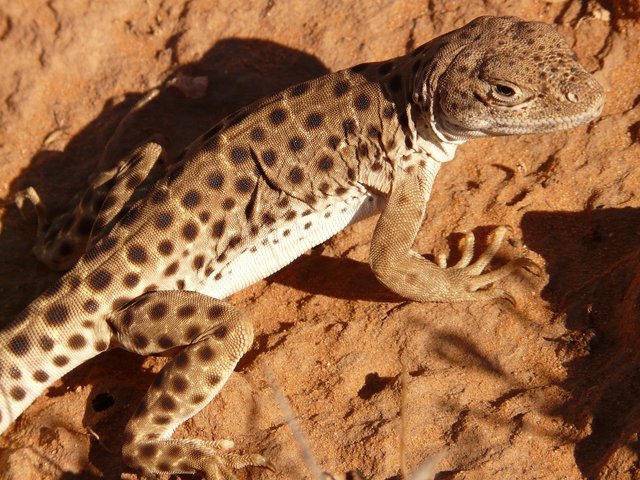
Hemidactylus mabouia, or House Gecko, is a species of gecko that is very widely distributed, found in almost all tropical regions of the world. They are famous for their extraordinary ability to climb walls and their distinctive sound. This species has an upper body color (dorsal) that has various color variations, it can be gray, brown, or green with brown or black spots. While the stomach area is creamy white.
Hemidactylus parvimaculatus
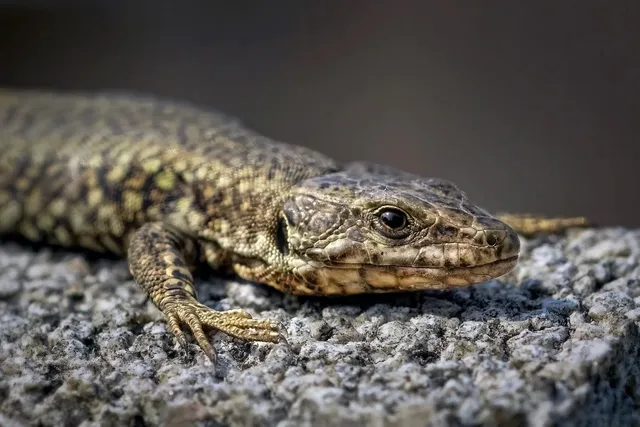
Hemidactylus parvimaculatus, or Small-spotted Gecko, is a species of small gecko that is endemic to the Canary Islands. Part of a volcanic archipelago in the Atlantic Ocean located off the northwest coast of Africa. This species is classified as a small gecko, with a body length that usually reaches around 4-5 cm. It has an upper body color (dorsal) that is grayish brown with fine dark brown or black spots.
Hemidactylus bowringii, or Bowring's Gecko (Gekko Bowring), is a species of gecko that is widespread in Southeast Asia, including Indonesia. They are known for their unique white stripes along their bodies. This species is one of the nocturnal or active animals at night and terrestrial living on land. They are usually found in rocky areas, walls, and buildings, maybe you often meet this species. This one animal has an important role in maintaining the balance of the ecosystem.
Understanding the role and benefits of geckos in the balance of nature will foster respect and concern for these small creatures. Preserving gecko habitats and preventing them from acts of violence are small steps that can have a positive impact on the environment and human welfare.
